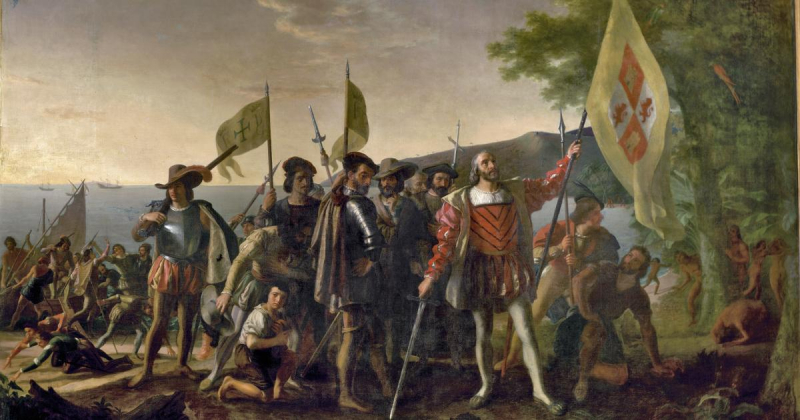1492

The advent of Europeans in the Americas is widely described as one of the most disastrous events for the continent's people, and properly so, too. However, most of them are unaware of the staggering amounts involved, as most estimates are clearly overstated or understated, making them all difficult to believe.
However, according to a recent study that quantifies the magnitude of the disaster, the year 1492 - when Christopher Columbus first landed somewhere in the Caribbean and set the path for the colonization of the Americas - marked the beginning of one of the worst periods for humanity. The study, conducted by experts at the University of London in 2019, compiled all available records of the continents' pre-Columbian population and discovered it to be close to 60 million people.
By the early 17th century, that number had been reduced by around 56 million, as the entire region had been devastated by decades of war, diseases against which they had no immunity - such as smallpox, the bubonic plague, and influenza - and a reduction in arable land due to foreign invasion, as the majority of the population still relied on farming for sustenance. This was the single largest fall in human population in history, since it accounted for approximately to 10% of all individuals living on the planet at the time. In comparison, the world's population was decreased by 3% during the second most catastrophic catastrophe, the Second World War, which was one of the worst disasters they've ever faced.
The total annihilation of the native American population had such a large impact that it even altered worldwide weather patterns. As the number of people working on farms was reduced by such a massive extent and all of that area was soon reclaimed by nature - combined with the above-mentioned eruption of Huaynaputina in Peru - it caused a dip in temperatures around the world by the beginning of the 17th century, causing famines, disease outbreaks and social unrest from Europe all the way to China and Japan.











